4 Warehouse Forklift Safety Essentials
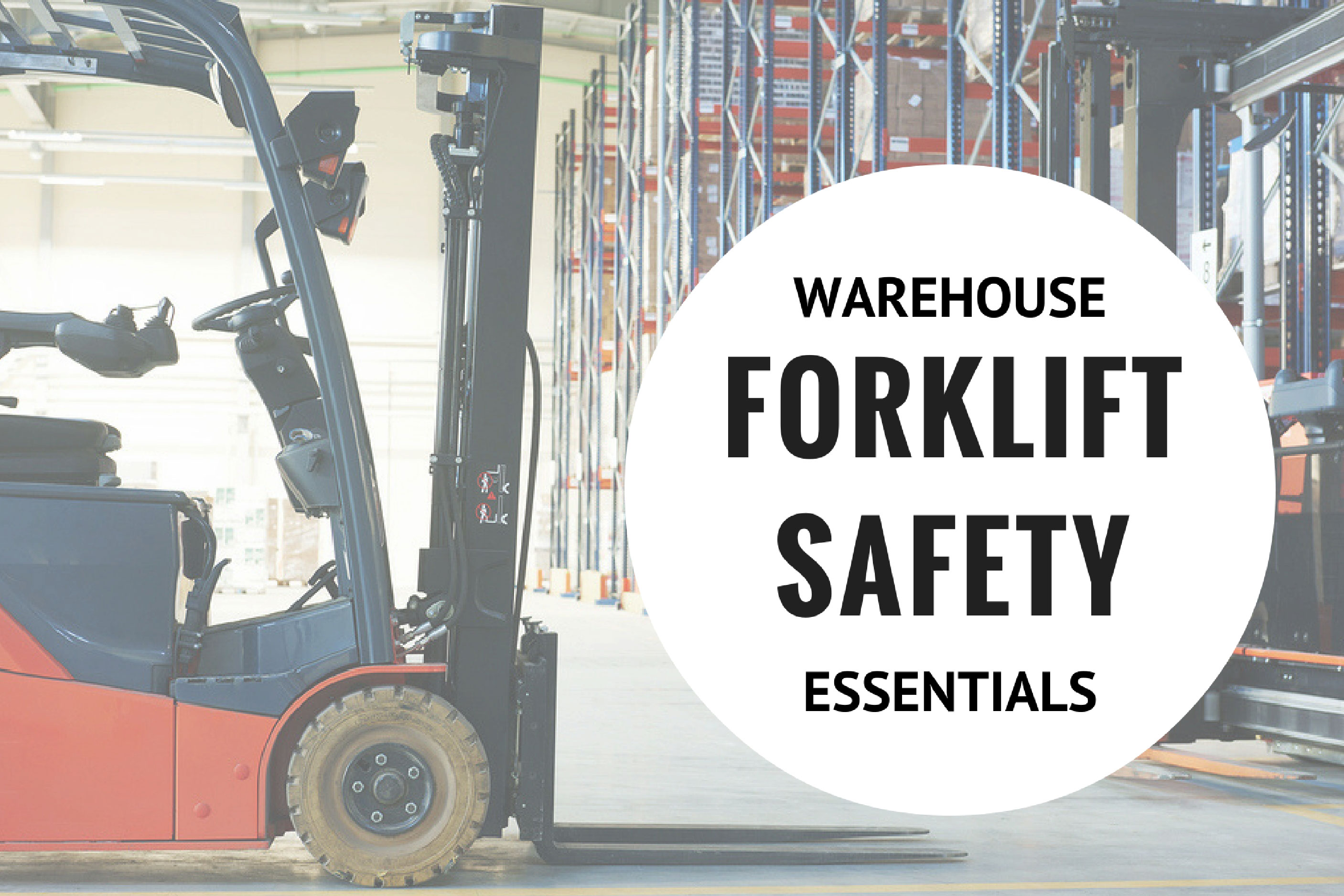
The challenges in creating and maintaining a strong forklift safety program abound. From the number of workers traveling through the warehouse to the hustle and bustle of getting orders shipped out on time.
Despite pressure to perform from customers and corporate requirements, it is important to war against cutting corners to get the job done. You may see vehicles driving too fast. Loads may not be secured properly or may be uneven. Forks may be raised up with loads while driving and turning.
Production quotas should never come before safety standards. Let’s talk about four things that you can focus on to make a difference in the lives of those in the warehouse.
So, where should we focus our attention?
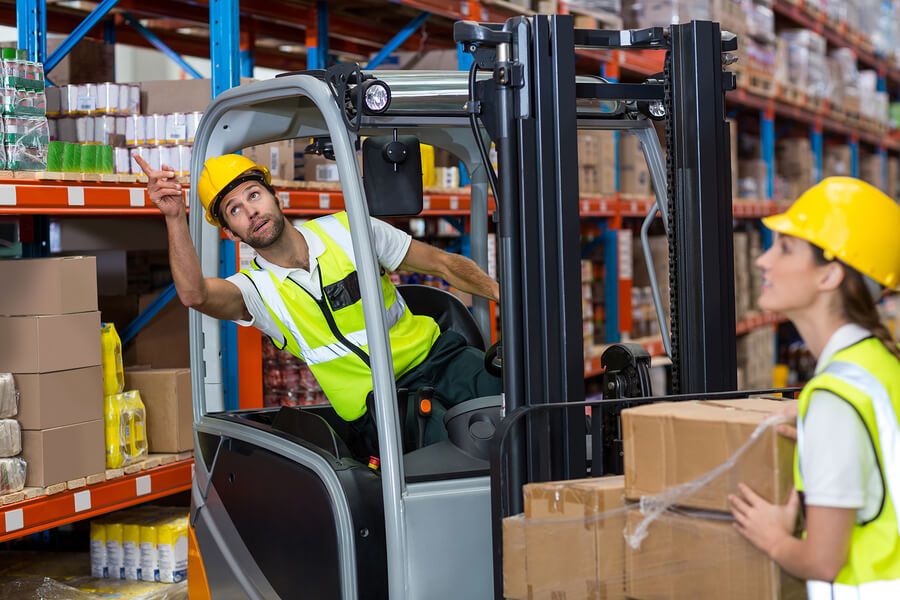
1. Train Your Operators
There is no substitute for good training. I’ve seen what it does to a warehouse when workers operate vehicles without proper training. You’ve probably seen some of the catastrophes. We have a forklift fail video showing some of these accidents with some safety tips.
Training your employees properly means that they do NOT operate equipment until they have passed your competency exam. The temptation to have someone ill-equipped to operate forklifts should be squashed immediately. One wrong move could cause the collapse of racking systems, putting people and material at risk.
Here are a few points for you to be thinking about as you develop your training program:
- Training continues after the initial competency test. Make sure that you continually observe your drivers to ensure continued proficiency and safe practices
- Revoke permission and retrain operators that show repetitive dangerous behaviors
- Regularly reinforce the requirements for safe operation, including the OSHA standards
Injury and death are real consequences. Beyond this, delays in work, destruction of material, loss of morale, and loss of trust are other potential costs. Don’t let your warehouse end up in a YouTube video.
Train. Train. Train.
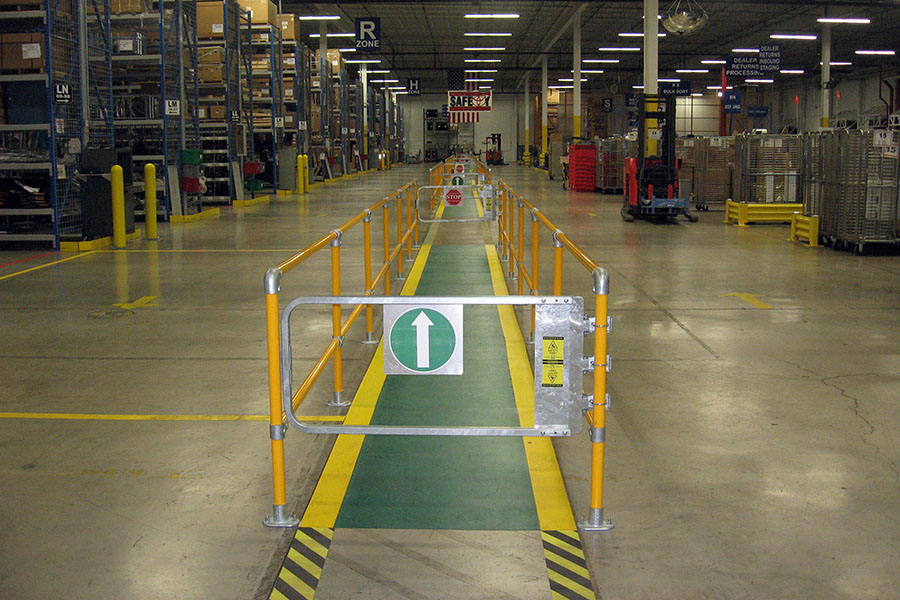
2. Protect Foot Traffic
One of the best ways to protect the workers on foot in your warehouse is through predictable routines. If drivers know where people are walking, then they can take extra precautions in those areas to ensure others’ safety.
One of the most common ways that you can help produce this predictability is by designating walking zones. Many companies use painted lines to show where people can walk. This is a significant first step to safety. Although this administrative control adds that predictability, it has less teeth when it comes to ensuring safe actions by workers.
One way that you can increase safety is by adding a control. As you see in the picture above, a leading auto manufacturer chose to use guardrail as a barrier to ensure their workers did not stray from the designated safe walking areas.
If you wanted to take this one step further, then you could install a safety barrier as that guardrail. This would be an impact barrier that would be able to withstand appropriate forces from vehicular traffic.
Another point to consider is where this safe walking zone is located. In the example above, there are shelving units on both sides of the lane. Therefore, the walking zone was located down the center aisle. If there is a wall along the lane, then it would be best to have the walking zone along the wall.
Whatever style you choose and wherever you place the safe walking zone is going to depend on your warehouse conditions and the work that’s being done.
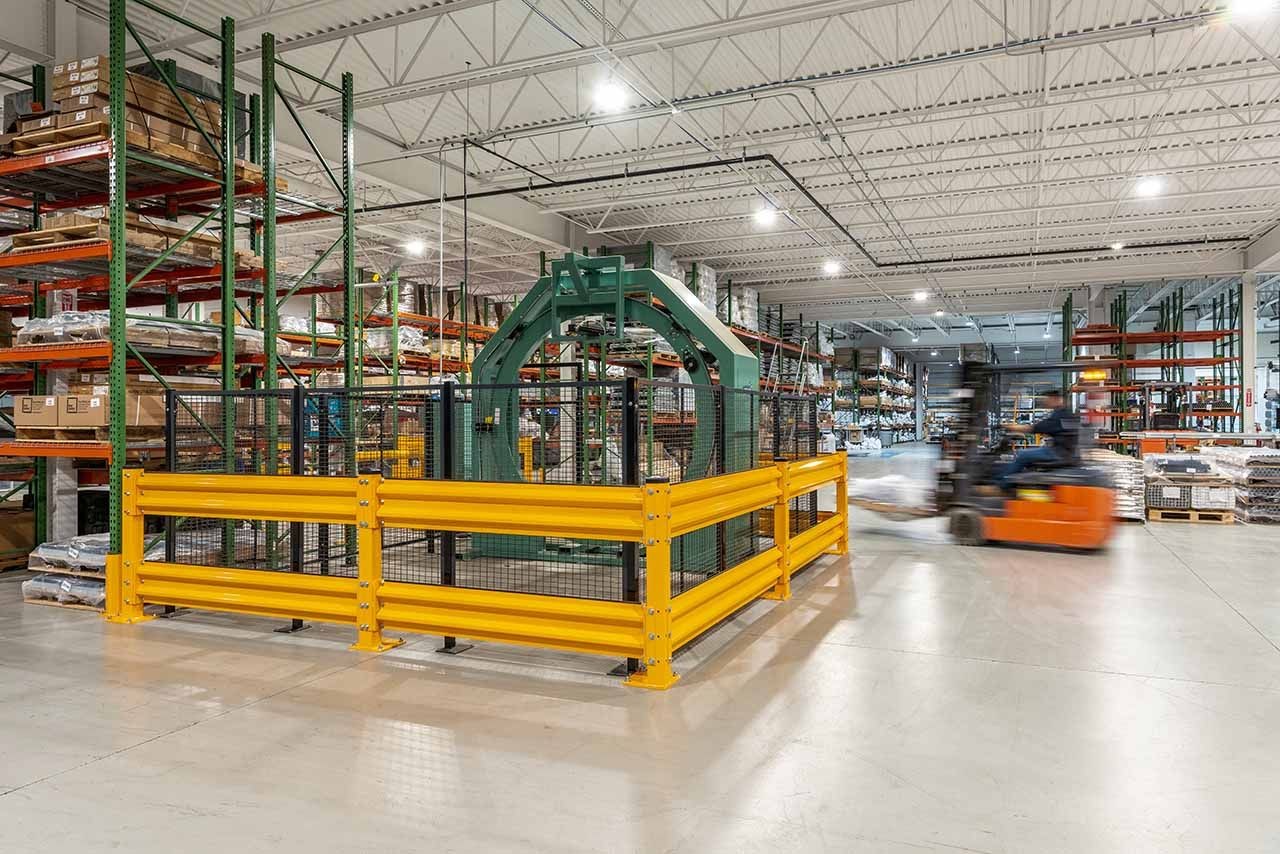
3. Protect Your Pallet Racks and Shelving
Clipping or running into a rack can cause damage to racks and products. In some cases, it can cause the whole shelving unit to collapse. There are instances when the whole warehouse experiences a domino of collapsed racks.
Imagine the risk to life and all the damage done because of a single accident!
As before, training is the first line of defense when aiming to protect your shelving. For instance, enforcing a proper speed limit will give drivers more of a chance to correct a miscalculation before colliding with a rack.
Make sure that racks are not overloaded. It may seem like they are holding the load, and they will be in the downward direction. If you watched the above video, then you can see how the slightest nick can cause the total collapse of rack that seemed fine.
Making sure your aisles are wide enough is a helpful next step when trying to avoid these types of accidents. Your driver may simply not have enough space to perform the maneuvers he needs to get around the warehouse. If that is the case and there is no way to change the width of the lane, then incorporate a procedure for when forklifts can travel down specific lanes to get the work done.
The next thing to do is to start protecting the racks themselves. There are guards designed specifically for racks. You can also use safety bollards and impact barriers to keep your shelving units safe. These have the double benefit of protecting your racks as well as creating higher visibility.
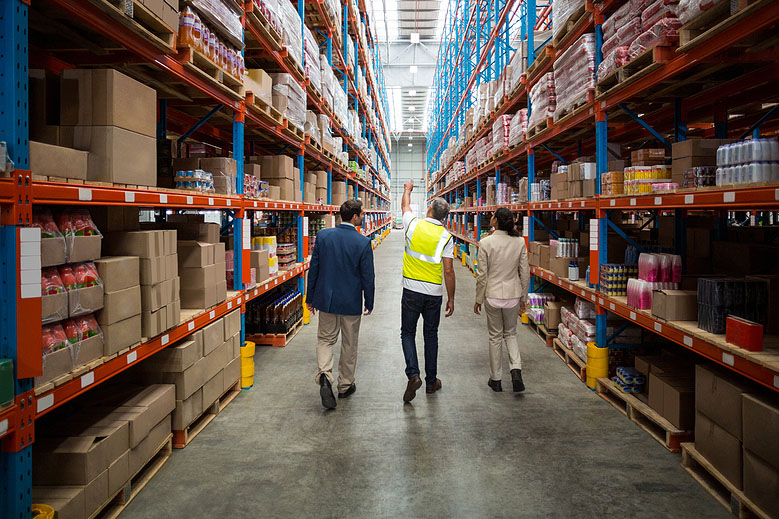
4. Inspect Forklifts and Working Conditions
Just like any other piece of equipment, forklifts need to be inspected prior to use. How are the tires? Is there a properly charged fire extinguisher? Do all the controls work properly? Do your blinkers and horn function properly? Are your mirrors in place? Are there any leaks?
But inspections are not just limited to the equipment itself. What about the conditions of the warehouse you’re working in? Is the floor level? Are there any overhead obstacles you need to be concerned with? Are there any ramps you will have to traverse? Pipe leaks, leaks from other machines, or any other spill that could cause a problem for you?
And don’t forget trailers. If you’re about to load or unload a truck, you have more inspections to do. Is the floor of the trailer capable of supporting the weight of the lift and load? Is it in good condition? Are the wheels chocked or is the trailer otherwise secured? Is the truck turned off and the driver out of the cab (watch the video to see why this is important)?
Never take for granted that somebody else has checked the things that your safety and well-being depend on. Inspect, inspect, inspect.
Conclusion
There is no lack of danger in a warehouse. Forklifts will always pose some danger to warehouse workers, but that danger can be exponentially increased if the lift isn’t being operated properly.
Institute the proper controls and then train. Train your operators on how to safely handle the machines and train your people on the floor on how to behave around lifts.
If everyone works together, everyone goes home safe at the end of the shift.


